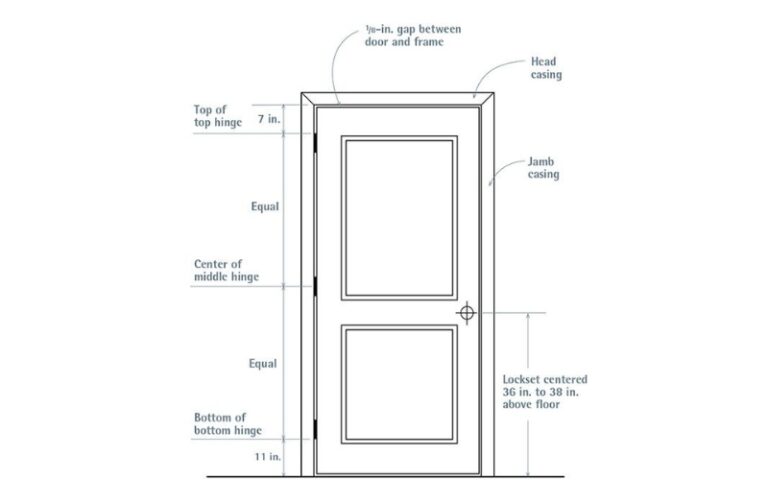How to Calculate Density: Complete Guide to Density Formula and Applications
If you’ve ever wondered why some objects float while others sink, or why gold feels heavier than wood of the same size, the answer lies in density. Knowing how to calculate density is a fundamental skill in science, engineering, and everyday problem-solving.
Density shows the relationship between mass and volume, helping us understand the composition and behavior of different materials. In this guide, we’ll break down the density formula, explain step-by-step methods, explore real-world applications, and share practical tips to make density calculations easy and accurate.
What is Density? Understanding Density Meaning
Density is a fundamental physical property that describes how much mass is contained within a given volume of a substance. In simple terms, density tells us how tightly packed the matter is in an object or material. It’s an intrinsic property that remains constant for a pure substance regardless of the sample size.
Density Formula: The Mathematical Foundation
The basic density formula is elegantly simple:
Density = Mass ÷ Volume
Or expressed mathematically: ρ = m/V
Where:
- ρ (rho) = density
- m = mass
- V = volume
This fundamental equation forms the basis for all density calculations and is essential for understanding how to find density in any scenario.
Density Unit: Standard Measurements
Density units vary depending on the system of measurement used:
SI Units (International System):
- Kilograms per cubic meter (kg/m³)
- Grams per cubic centimeter (g/cm³)
Imperial Units:
- Pounds per cubic foot (lb/ft³)
- Ounces per cubic inch (oz/in³)
The most commonly used density unit in everyday applications is grams per cubic centimeter (g/cm³), as it provides convenient numbers for most materials.
How to Find Density: Step-by-Step Process
Method 1: Direct Measurement
- Measure the mass using a balance or scale
- Determine the volume through:
- Direct measurement (for regular shapes)
- Water displacement method (for irregular objects)
- Mathematical calculation using dimensions
- Apply the density formula: Divide mass by volume
- Express the result in appropriate density units
Method 2: Using a Density Calculator
Modern density calculators streamline the process by automatically performing calculations when you input mass and volume values. These tools are particularly useful for:
- Educational purposes
- Quick verification of manual calculations
- Converting between different density units
- Handling complex scenarios with multiple variables
Density Calculator Applications in Different Fields
Engineering and Construction
Engineers use density calculations to:
- Select appropriate materials for specific applications
- Calculate structural loads and stresses
- Determine buoyancy in fluid systems
- Design lightweight yet strong components
Chemistry and Materials Science
In laboratory settings, density helps:
- Identify unknown substances
- Assess purity of materials
- Predict behavior in chemical reactions
- Quality control in manufacturing processes
Geology and Earth Sciences
Geologists apply density principles to:
- Identify rock and mineral types
- Study Earth’s internal structure
- Locate natural resources
- Understand geological processes
Common Density Values for Reference
Understanding typical density values helps contextualize calculations:
Solids:
- Aluminum: 2.7 g/cm³
- Iron: 7.87 g/cm³
- Gold: 19.3 g/cm³
- Wood (oak): 0.6-0.9 g/cm³
Liquids:
- Water: 1.0 g/cm³
- Oil: 0.8-0.9 g/cm³
- Mercury: 13.6 g/cm³
Gases (at standard conditions):
- Air: 0.00129 g/cm³
- Hydrogen: 0.00009 g/cm³
- Carbon dioxide: 0.00198 g/cm³
Factors Affecting Density Measurements
Temperature Effects
Temperature significantly impacts density because:
- Most materials expand when heated (decreasing density)
- Volume changes affect the density formula results
- Temperature corrections may be necessary for precise measurements
Pressure Considerations
Pressure influences density, particularly in:
- Gas measurements where pressure changes dramatically affect volume
- High-pressure applications in industrial processes
- Deep-sea or high-altitude environments
Material Composition
The density meaning becomes complex when dealing with:
- Composite materials with varying components
- Porous materials with air spaces
- Solutions and mixtures with multiple phases
Advanced Density Applications
Relative Density and Specific Gravity
Relative density compares a material’s density to water’s density, providing dimensionless values useful for:
- Flotation predictions
- Quality assessment
- Industrial process optimization
Bulk Density vs. True Density
Understanding the distinction helps in:
- Packaging and storage calculations
- Material handling systems
- Agricultural and pharmaceutical applications
Practical Tips for Accurate Density Calculations
Measurement Precision
- Use appropriate scales for mass measurement
- Ensure volume measurements account for material properties
- Consider environmental factors during measurement
- Repeat measurements for accuracy verification
Common Calculation Errors
- Unit conversion mistakes
- Ignoring temperature effects
- Incomplete volume measurements
- Rounding errors in multi-step calculations
Modern Tools and Technology
Digital Density Meters
Advanced instruments provide:
- Automated density measurements
- Temperature compensation
- High precision results
- Data logging capabilities
Software Solutions
Modern density calculator software offers:
- Multiple unit conversions
- Database of material properties
- Complex calculation capabilities
- Integration with laboratory systems
Conclusion
Understanding how to calculate density using the fundamental density formula provides essential knowledge applicable across numerous scientific and engineering disciplines. Whether using manual calculations or a density calculator, mastering these concepts enables accurate material characterization, process optimization, and informed decision-making in professional applications. The density meaning extends far beyond simple mass-to-volume ratios, encompassing critical insights into material properties, behavior prediction, and practical problem-solving across diverse fields.
Regular practice with density unit conversions and various measurement techniques ensures proficiency in this fundamental scientific skill, making density calculations an invaluable tool in both academic and professional contexts.







